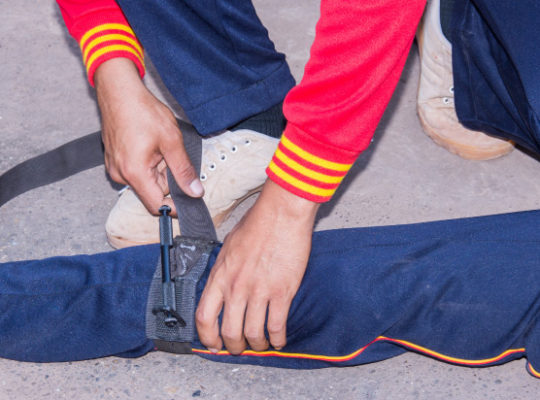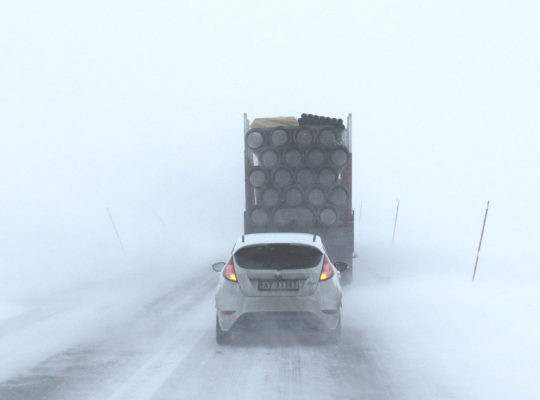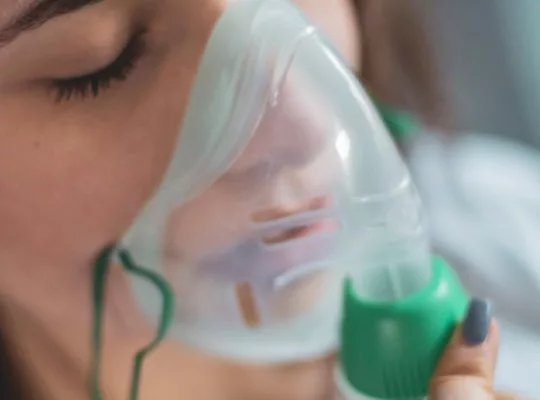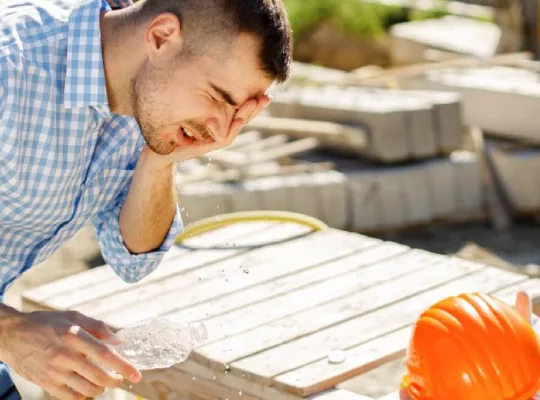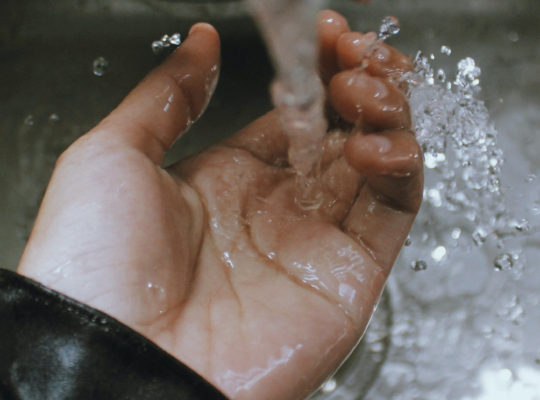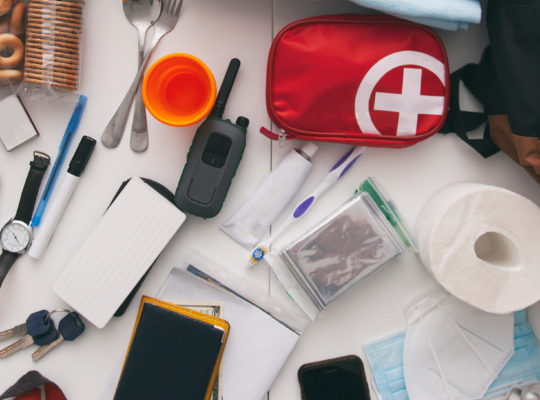Call 911 NOW if you’re having: chest pain, difficulty breathing, severe bleeding, sudden weakness, or numbness.
Spring and summer’s good weather bring beautiful flowers, but they also bring Bees and other bugs sting. It is important to be prepared treat bee stings, especially when children get stung. It is also important to take the proper steps to protect yourself from bee stings or other insect stings.
To be proactive, to avoid areas where you see a lot of bees. However, you can’t always avoid insects that can cause you harm. the easiest way to administer first aid on a bee sting, is to carry a bee sting first aid kit. This will come in handy and reduce the harm done to the body. Insect stings often cause minor discomfort, swelling, redness, and itching. To relieve pain and itching while preventing infection, there are several things you can do at home after being stung.
After You Are Stung
Directly after being stung, remove yourself from the geographic location you were stung. Bees often don’t travel alone, so you may be in danger of other bee stings if you don’t move quickly. Bees and other insects will also alert others when they sting, calling them to sting you. By removing yourself from the area, you’ll be protecting yourself from more immediate stings.
Remember to remain calm; movement will agitate the insects, causing them to be more prone to sting. The movement will also allow the venom to spread causing more discomfort than is needed. It is important that you separate yourself from the area, and allow yourself to relax.
It’s also important to remove the stinger as soon as possible. To remove the stinger quickly: flick the stinger out with your finger or scrape it out with something available, i.e. a stiff piece of paper, credit card or butter knife. The sooner you get the stinger out, the less venom your body will absorb. The less venom that you absorb, the less painful the experience will be.
Bee Sting First Aid
After removing the stinger, look to your first aid kit for supplies to help treat the stung skin. The easiest way to administer first aid for a bee sting is to carry an Insect Sting Relief Kit. These kits are designed to provide fast relief with cold packs, antihistamines, hydrocortisone cream, and antiseptic wipes to reduce swelling, pain, and infection risk. To relieve the pain, itching and swelling, apply a cold compress to the sting for no more than 20 minutes at a time every hour for the first 6 hours. Many first aid kits will have a cold pak inside; however if one is not readily available, place ice in a ziploc bag. Use a cloth between the cold compress and your skin, pressing firmly on the site. When not using ice and looking for comfort, keep a cool, wet cloth on the sting for up to 6 hours. If swelling is not present after the first 6 hours, try applying warmth to the site for further comfort.
To help with the itching, swelling and redness, try a nonprescription medicine, some of which may be located in your first aid kit. Some medicines that may help include:
• An antihistamine taken by mouth, such as Benedryl or Chlor-Trimeton. Don’t give antihistamines to your child until you’ve checked with their doctor.
• A spray of a local antihistamine containing benzocaine, such as Solarcaine. This may help to relieve pain; however, if your skin reacts after using the spray, stop use immediately.
• Hydrocortisone cream or calamine lotion applied to the skin. This may help relieve itching and redness. Be sure to check with a doctor before applying to skin of children.
Over-The-Counter Treatments
When using nonprescription medicine, just like any other medication, be sure to read the labels and instructions carefully. Do not take more than the instructions outline. If you are taking any prescribed medicine, try to contact a doctor before taking any over-the-counter treatments. If you have any other questions or concerns about the medication, seek medical advice from a doctor or pharmacist prior to using the medication. If you are pregnant or trying to become pregnant, call a doctor prior to taking any medicine.
One more thing we’ll recommend if you’re pregnant is an emergency birth kit. In case hospital is not available, this kit can be very useful.
For more information and a wide selection of bug repellents and insect sting relief products, look to Fieldtex Products Inc. Along with their many other medical supplies, including first aid kits, their collection of insect repellents and sting relief products are a great addition to your first aid kit. Find them here: http://bit.ly/insectstingrelief.
References
http://bit.ly/insectstingrelief
https://www.webmd.com/allergies/first-aid-for-insect-stings

